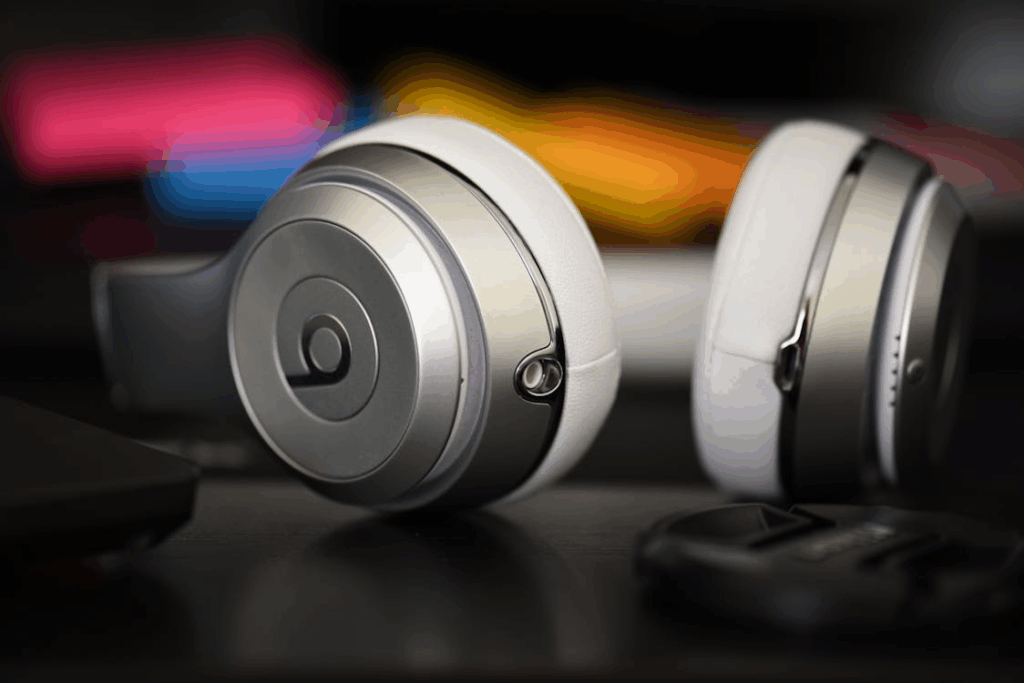Tablets sit in that sweet spot between a phone and a laptop. They’re portable, versatile, and perfect for casual use. But with so many options, how do you know which one is right for you?
The trick is to focus on what you’ll use it for most: reading, watching shows, or video calling. Here’s a no-jargon guide to choosing the best fit.
For Book Lovers and Casual Readers
If you want a tablet mainly for reading, a lightweight design and a clear screen are top priorities. E-readers like the Kindle remain the simplest choice for reading books, but if you want one device for both reading and browsing, a small tablet can be a suitable alternative. Look for models around 8 inches that are easy to hold with one hand and have a display that’s gentle on the eyes.
Battery life also matters for readers. Some smaller tablets can last days on a single charge if you mostly read. Adjustable brightness and blue-light filters make late-night reading more comfortable as well.
If you’re also weighing dedicated devices, see Easiest E-Readers for Book Lovers Who Aren’t Techy.
For Streaming Movies and Shows
Streaming fans should focus on screen quality and sound. A larger tablet, measuring between 10 and 12 inches, provides a more cinematic experience without the bulk of a laptop. High-resolution displays (Full HD or better) make a massive difference in picture clarity, especially when binge-watching.
Good speakers also enhance the experience. Some mid-range tablets now feature stereo sound or Dolby Atmos support, making movies and music more immersive. If you prefer using headphones, make sure the tablet has a headphone jack or reliable Bluetooth for wireless earbuds.
For Video Calls and Staying Connected
If video calls are a top priority, a good front-facing camera is essential. Many budget tablets still cut corners in this area, so be sure to check the specs before making a purchase. Aim for at least 5 megapixels on the front camera for clear calls on Zoom or FaceTime.
A solid microphone and strong Wi-Fi support also make a difference. Tablets with faster wireless connections reduce lag and improve call quality. Bonus points if the tablet can prop itself up easily or has affordable case options with built-in stands.
Looking to simplify life with your devices? Read Should You Go Paperless? Easy Tech Tools to Try.
Balancing Budget and Features
Price plays a significant role in determining the choice of a tablet. Apple’s iPads remain the most user-friendly and consistent, but they’re pricier. Android tablets from brands like Samsung, Lenovo, and Amazon offer a wider range of sizes and prices, with many good models available for under $300.
Think about what you’ll realistically use. If you’re looking for something simple for casual reading and browsing, a budget Android tablet is a suitable option. If you expect years of use, reliable updates, and strong app support, an iPad may be worth the investment.
If you’re also deciding between device types, see Tablets vs Laptops: Which Is Better for Everyday Use?.
Summing It Up
The right tablet depends on how you plan to use it. Small tablets excel for reading, mid-size ones shine for streaming, and models with strong cameras are best for video calls. With so many choices under different price ranges, you don’t need to overthink it. Match the device to your lifestyle.




